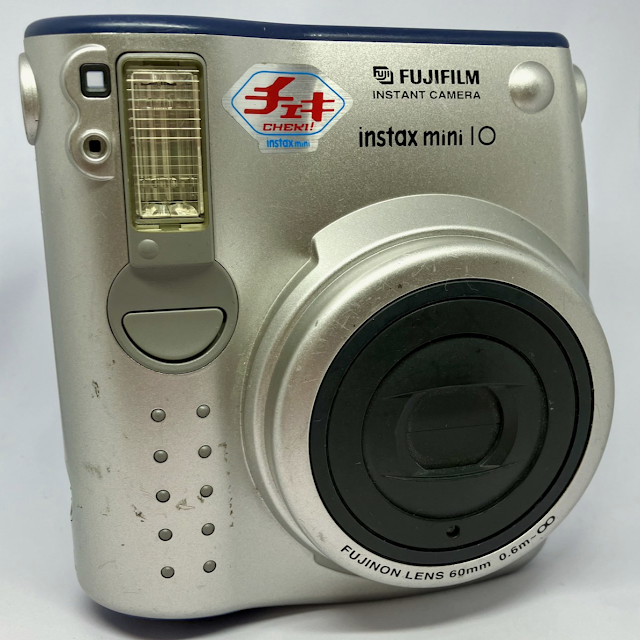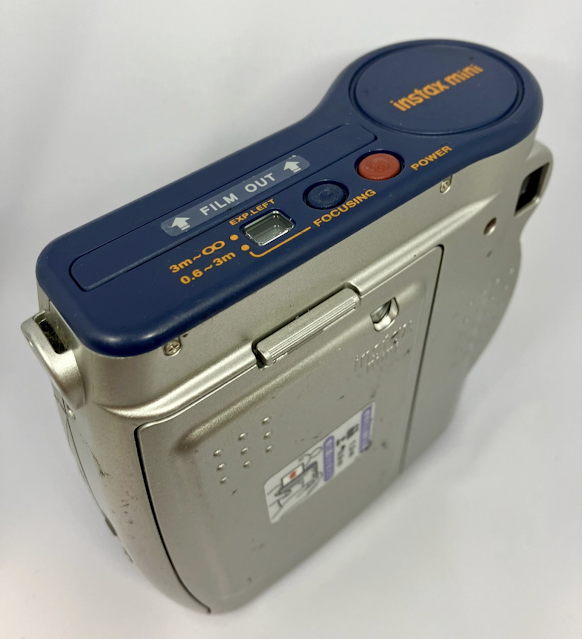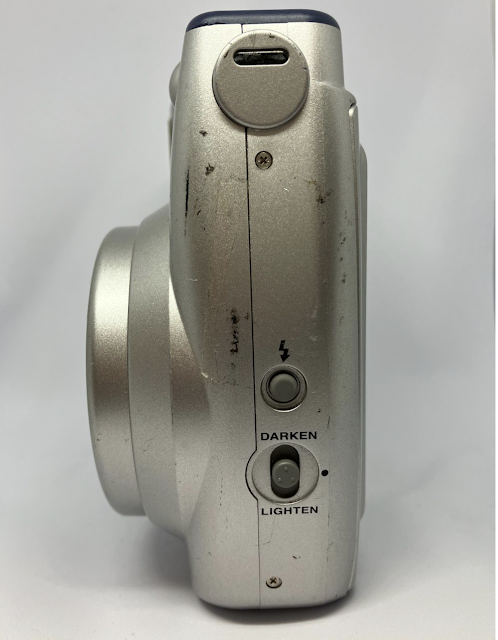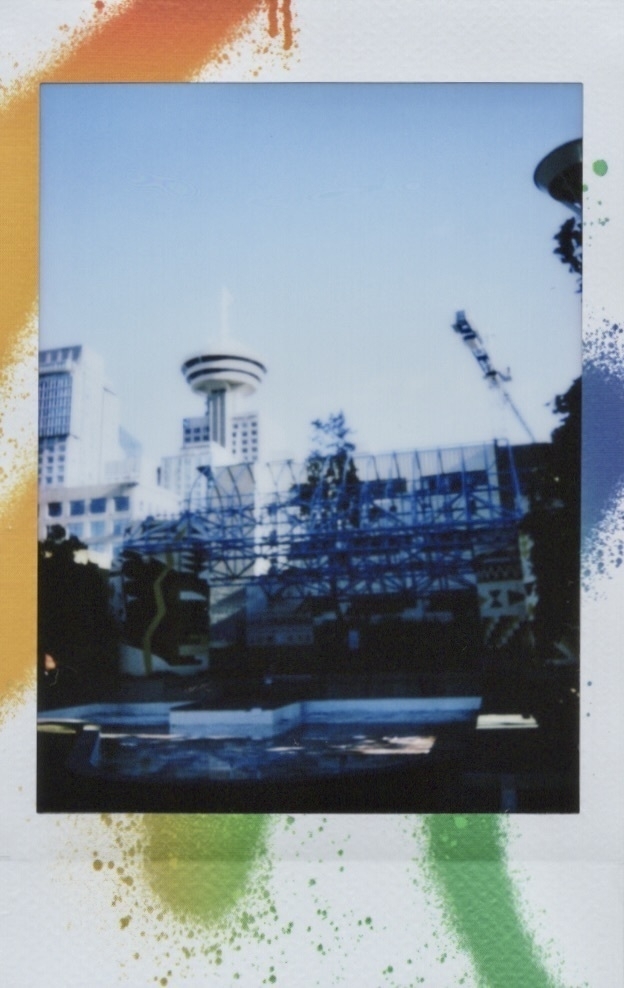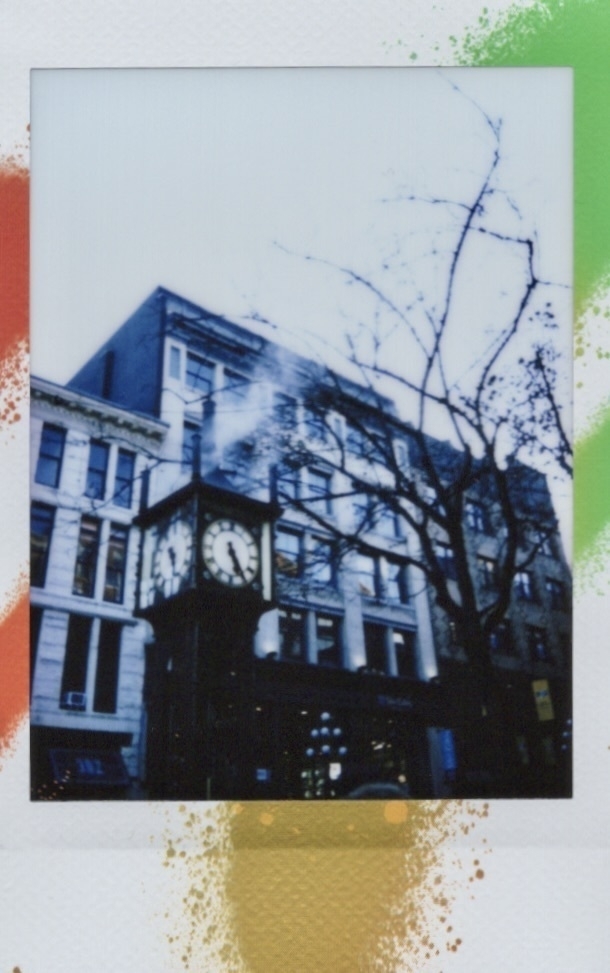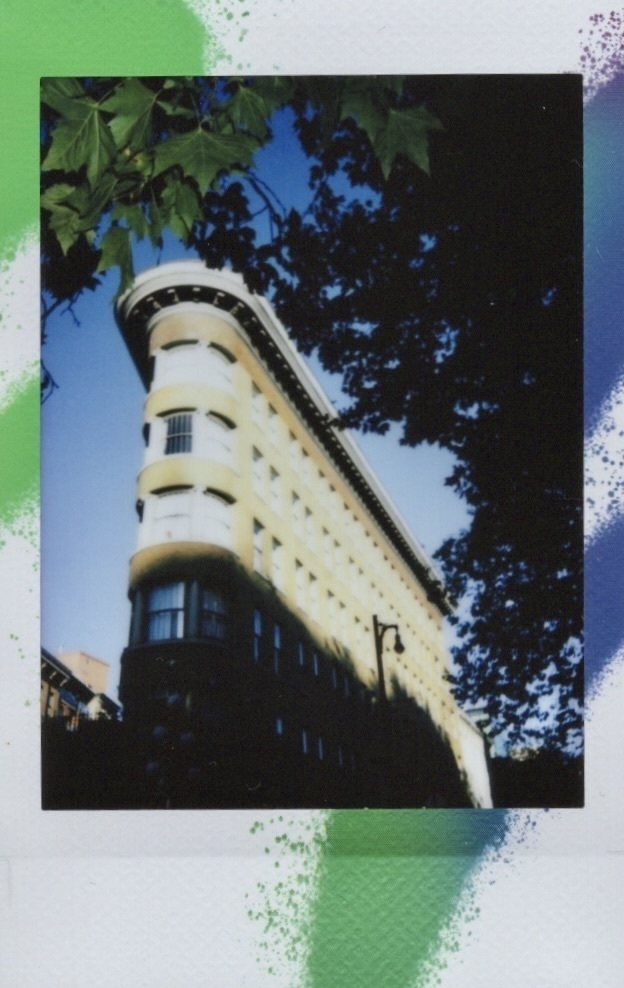-
Photography
,Gadgets
,Travel
The Fujifilm Instax Mini 10 and Vancouver
Wednesday July 10, 2024My journey into the instant film world began with the Instax Mini 11, which I purchased a few years ago. Its low price point made dipping into the hoppy fairly risk-free. The instant film world is divided into two camps: the Fujifilm Instax series and the Polaroid Modern series. While both offer a similar quick-to-develop photo experience, their respective film types are incompatible. The simplest way to explain the difference is that Instax is cheaper, with reliable and predictable results, while Polaroid is more expensive finicky, yet sometimes spectacular and infinitely more iconic. But as a newbie, I think Instax is the way to go, with cameras and film much more readily available.
The problem lies in the modern cameras. Both companies seem to focus on manufacturing cute, modern devices that leave something to be desired. Once you get into the hobby, you realize that most passionate instant film photographers prefer the vintage models of the past, as they often contain finer optics and more robust user control. So, the sickest of us have no choice but to scour auction sites and flea markets, rolling the dice on ‘untested’ junk. Yes, I have a drawer full of non-working cameras.
The Instax Mini format is my least favorite, simply because it’s the smallest (sans Polaroid Go). Maybe it’s proof that my eyes are worsening, but I’d like as much detail and resolution as possible. But since it is the most popular format, those are the ones that receive the unique and limited edition border designs. I wanted to try some of the colorful borders and see how it affected my photography, if at all. But I didn’t want to shoot my Instax Mini 11, as it has become to feel more and more like a toy over time.
After a bit of researching and browsing Mercari, I landed on the Instax Mini 10. Don’t let the odd naming convention fool you; it’s actually the very first Instax camera, released in Japan in 1998. I scored one online for ¥1500. The seller said it hadn’t been tested recently, but they remembered it working the last time they used it. It was worth a gamble, as I’ve had pretty good luck with resellers in Japan.
When I received the camera, all seemed to be in decent working order. While some may find its design to be somewhat dated, I prefer it to the Fischer Price-looking modern cameras. It’s also fairly compact and svelte. It doesn’t balance very well, so expect it to constantly fall over if you try to stand it on a table. Annoyingly, this camera does use the less common and more expensive CR123A batteries (two of them). I loaded a pack of colorful border film and threw the camera in my bag.
The results of my first tests were some of the most vivid and detailed Instax photos I’ve ever taken. I’m not talking about night and day difference, but a perceptible amount. The contrast was better, thanks to the option to bump up or down the exposure a step (a feature not available on current entry-level Instax). The images seemed more dynamic, able to capture the lights and darks within the same frame. The optics seemed clearer, even without a glass lens. It is a bit more electric than other Instax, with a loud whirring sound made whenever the camera is switched on and the lens extends. Also, the shots remaining counter is digital, so you can only see it when the camera is on. There is a flash button, but it doesn’t completely override the flash; instead, it allows you to force the flash on in the moments the camera might not have wanted to use it. Not ideal, but I learned to live with it.
This camera singlehandedly convinced me that Instax mini film is very capable. I had written it off before, usually vying for the Instax Square format or Polaroid. While I don’t love the aspect ratio, I do like having a more portable and small bag-friendly shooter. Even though I quickly fell in love with this camera, I’ve passed it on to another budding photographer.
